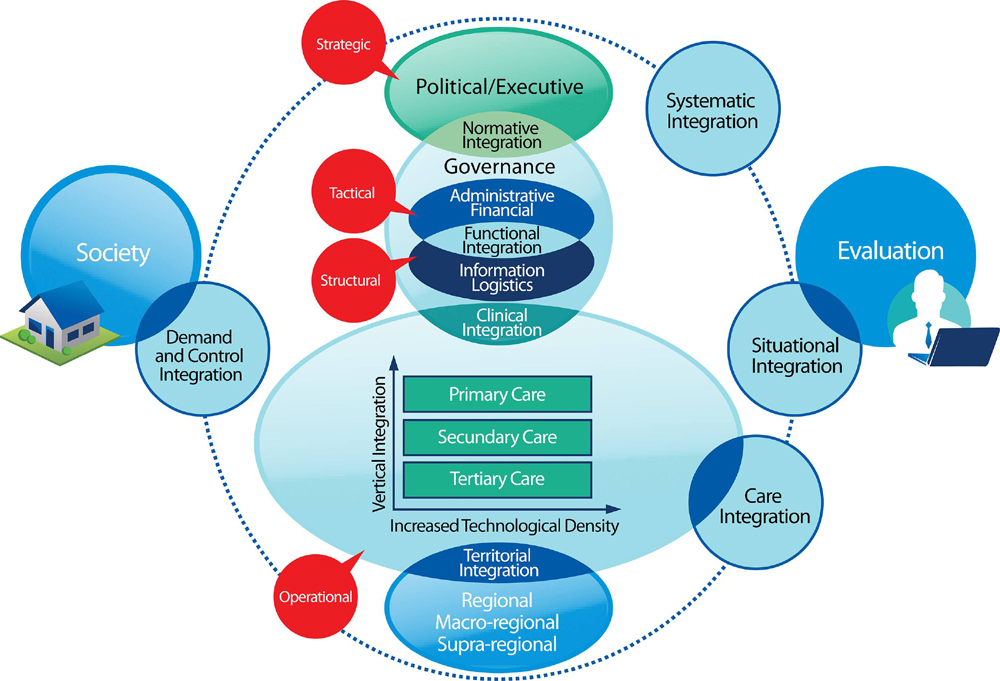Management of Back Pain-related Disorders in a Community With Limited Access to Health Care Services: A Description of Integration of Chiropractors as Service Providers
SOURCE: J Manipulative Physiol Ther. 2017 (Nov); 40 (9): 635–642
Peter C. Emary, DC, MSc, Amy L. Brown, DC, Douglas F. Cameron, DC, Alexander F. Pessoa, DC, ICSSP, Jennifer E. Bolton, PhD, MA Ed
Private Practice,
Cambridge, Ontario, Canada.
OBJECTIVE: The purpose of this study was to evaluate a chiropractic service for back pain patients integrated within a publicly funded, multidisciplinary, primary care community health center in Cambridge, Ontario, Canada.
METHODS: Patients consulting for back pain of any duration were referred by their medical doctor or nurse practitioner for chiropractic treatment at the community health center. Patients completed questionnaires at baseline and at discharge from the service. Data were collected prospectively on consecutive patients between January 2014 and January 2016.
RESULTS: Questionnaire data were obtained from 93 patients. The mean age of the sample was 49.0 ± 16.27 years, and 66% were unemployed. More than three-quarters (77%) had had their back pain for more than a month, and 68% described it as constant. According to the Bournemouth Questionnaire, Bothersomeness, and global improvement scales, a majority (63%, 74%, and 93%, respectively) reported improvement at discharge, and most (82%) reported a significant reduction in pain medication. More than three-quarters (77%) did not visit their primary care provider while under chiropractic care, and almost all (93%) were satisfied with the service. According to the EuroQol 5 Domain questionnaire, more than one-third of patients (39%) also reported improvement in their general health state at discharge.
There are more articles like this @ our:
Integrated Health Care Page and the:
CONCLUSION: Implementation of an integrated chiropractic service was associated with high levels of improvement and patient satisfaction in a sample of patients of low socioeconomic status with subacute and chronic back pain.
KEYWORDS: Back Pain; Chiropractic; Community Health Centers; Health Services Research
From the FULL TEXT Article:
Introduction
Back pain is a prevalent health problem in the general population and places a tremendous socioeconomic burden on society. Globally, an average of nearly 40% of individuals will experience low back pain at some point in their life, and approximately 1 in 5 are afflicted at any given time. [1] Low back pain is the leading cause of years lived with disability [2] and is among the most common reasons for visiting a primary care physician. [3, 4] As the world’s population ages, the number of people with back pain and other musculoskeletal disorders is expected to rise. [1, 4] Moreover, these conditions are costly. In Canada, for example, musculoskeletal conditions rank third behind only cardiovascular and neuropsychiatric disorders with respect to medical expenditures (ie, physician services, pharmaceuticals, and hospital care). [5] The societal burden of back pain in terms of economic costs and health resource utilization is also greater among patients with multiple comorbidities, including those of low socioeconomic status. [6–9]
There is evidence to support chiropractic care, including spinal manipulation, as an effective and relatively cost-effective intervention in managing patients with back pain and other musculoskeletal conditions, [10–15] and patients typically report high levels of satisfaction with treatment. [14–16] Despite this, access to chiropractic services is not routinely available through publicly funded health care systems in most countries around the world. As such, patients must either use insurance benefits (if any) or pay out-of-pocket for chiropractic treatment. This presents a significant barrier for lower-income groups including the unemployed. [17]
Read the rest of this Full Text article now!





Leave A Comment